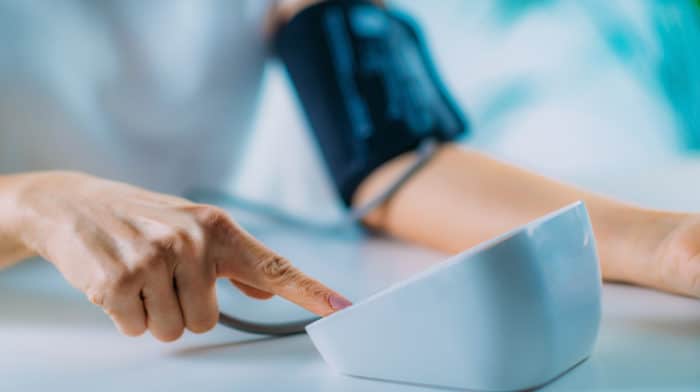How To Check Blood Sugar
Testing blood sugar regularly helps to keep blood sugar levels (also known as blood glucose levels) under control. In this video, we’ll give you some tips & show you how to test blood sugar levels so that you can become more confident in your skills.
Fluctuating blood sugar can contribute to mood swings and irritability. If you’ve ever been angry just before a meal, you’ll understand the importance of having balanced blood sugar.
For someone with diabetes, monitoring their blood sugar can save their life.
If their blood sugar is off it can make them feel sick and increase their risk of complications like heart, nerve, kidney, or eye damage. Regular testing will help their health care professional understand what treatment will be best so this doesn’t happen.
It can be intimidating to have to prick someone’s finger and draw blood for the test. It’s normal to worry about hurting the person you’re caring for.
In this video, we’ll give you some tips & show you how to test blood sugar levels so that you can become more confident in your skills!
We’ll also review how it’s generally done, but you may need to refer to the manual to see how to read and program the device you have.
Let’s try it!
Start by gathering everything you’ll need, which will include:
A blood sugar testing device and blood sugar test strips. Both should be the same brand. There are many different types of blood sugar testing kits (also called glucometers) and testing strips out there, but most function the same way.
You’ll also need a disposable needle (lancet) and a sharps container for the used needles.
Grab some alcohol wipes and a pair of disposable gloves.
Also, a notebook to record the results.
Setting up your supplies on a flat surface like a table is also a good idea.
The doctor will decide how often and when to test and there isn’t really a set normal number for blood sugar.
The number someone should be is decided by the doctor. However, the general targets for most people with diabetes are between 4 and 7 before meals and between 5 and 10 after meals.
Alright, let’s start by helping the person we’re caring for wash their hands then wash our own hands and put on some gloves. We should wear gloves for this because we’ll be coming in contact with blood.
Allow the person you’re caring for to choose a finger they’d like to use.
If their finger is cold, you can rub it to warm it up. This will help with blood flow to that area.
Use an alcohol wipe to wipe down where you’ll be testing. Wait for it to dry, about 30 sec.
Start the test by inserting a test strip into your testing device. Make sure the strip is inserted the right way, check the manual of yours if you have any questions.
Putting the strip in should automatically turn on the device, most will now show a flashing blood drop on the screen. This means it’s ready for a drop of blood
Use the disposable needle (lancet) to prick the side of the fingertip you cleaned with alcohol.
Using the side the finger is less painful than pricking the pad of their finger.
If blood doesn’t start to flow right away, gently squeeze their finger until a drop of blood forms.
If there is too little blood, the machine won’t read. If this happens, you will have to start over again. Not to worry, it’s very common for this to happen and you’ll get the hang of it!
Now take the blood sugar testing device and hold the edge of the test strip to the drop of blood on the finger-like this.
Sometimes the finger can continue to bleed when you’re done, don’t panic; put a little pressure on the area until it stops. This usually only takes 20-30 seconds but can take more if the person you’re caring for takes blood thinner medication.
Once the droplet of blood is on the strip, the blood sugar testing device will display their blood sugar level on the screen after a few seconds.
Finish up by writing the number in a notebook. It’s best to record the time it was taken and if it was before or after a meal.
The needle (lancet) should go into a sharps container when you’re done. Most pharmacies will give you a sharps container for free if you ask.
The used test strip can go in the sharps container or into the garbage with your gloves.
Wash your hands after you remove your gloves and you’re done
It’s a good idea to check the readings in the logbook every week to see if there are any big changes. If there is, speak to their doctor.
It can be scary to have to prick someone and see their blood, if that’s something that makes you woozy to even think about, make sure you have a snack and keep yourself hydrated before you start, so you don’t end up on the floor!
Unfortunately using a glucometer is the only safe way to check blood sugar levels at home, but with some practice, you’ll become more confident using the tools you need to take accurate blood sugar readings.
Visit our CareChannel for more caregiver support and resources.






